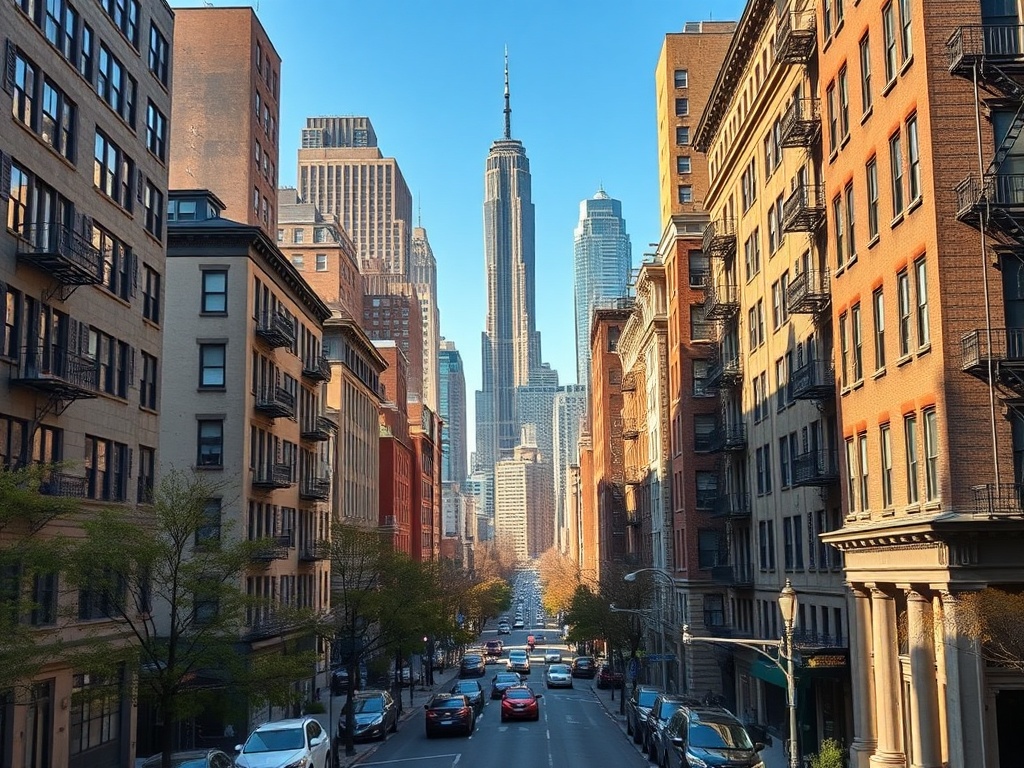The Upper East Side remains one of the most recognizable and sought-after neighborhoods in Manhattan, blending cultural institutions, leafy streets, and refined residential life. Bordered by Central Park to the west and the East River to the east, the area offers a mix of museum-lined avenues, luxury shopping, quiet brownstone blocks, and family-friendly pockets — all within easy reach of the city’s core.
Culture and museums
Museum Mile is a headline draw: world-class institutions anchor the neighborhood and shape its identity. Galleries and exhibition spaces provide a steady calendar of special shows, public programs, and seasonal events that appeal to locals and visitors alike. Beyond the flagship museums, smaller institutions and private collections add layers of discovery for art lovers and curious explorers.
Shopping and dining
Madison Avenue and stretches of Lexington and Third Avenues create a shopping landscape that ranges from high-end designer boutiques to curated independent shops. Food options are equally varied: refined dining rooms sit alongside neighborhood bistros, bakeries, and family-run delis. For a quieter afternoon, there are plenty of cafes and tea rooms where neighborhoods residents catch up on work or meet friends.
Architecture and living
The residential character of the Upper East Side is defined by elegant townhouses, pre-war co-ops, and sleek high-rises. Streets lined with trees and ornate facades give the neighborhood a cohesive, polished feel. Many buildings are landmarked, preserving distinctive architectural details while offering modernized interiors and amenities. The area’s reputation for safety, good schools, and proximity to parks continues to attract a mix of young professionals, families, and long-time residents.
Parks, recreation, and riverside access
Central Park is an obvious advantage, providing running paths, playgrounds, green lawns, and cultural programming just steps from many Upper East Side addresses. The East River esplanade and neighborhood green spaces provide quieter outdoor options, ideal for morning jogs, bike rides, and waterfront sunsets. Community gardens and small parks offer peaceful retreats amid the urban setting.
Transportation and walkability
The neighborhood is notably walkable, with reliable public transit options and accessible cross-town connections. Many errands can be handled on foot or by a short transit ride, making the Upper East Side practical for daily living while still feeling like a residential refuge within a bustling metropolis.
Local life and community
Neighborhood life is shaped by active community organizations, markets, and seasonal street fairs. Independent bookstores, specialty grocers, and local service businesses create a lived-in quality that complements the more upscale offerings. Families appreciate the concentration of parks, school options, and quieter residential blocks, while cultural institutions continue to draw a broad public.
Tips for visitors and residents
– Plan museum visits during weekday mornings or take advantage of public program schedules to avoid crowds.
– Explore side streets off Madison and Fifth Avenues for unique boutiques and quieter dining options.
– Use the neighborhood’s waterfront paths for a scenic alternative to Central Park during busy weekends.
– Check community calendars for pop-up markets, lectures, and concerts that showcase local flavor.
Whether you’re drawn by culture, shopping, or a stable residential environment, the Upper East Side balances refinement with neighborhood warmth. It’s a place where historic charm meets everyday conveniences, and where both visitors and residents can find layers of interest around every corner.
